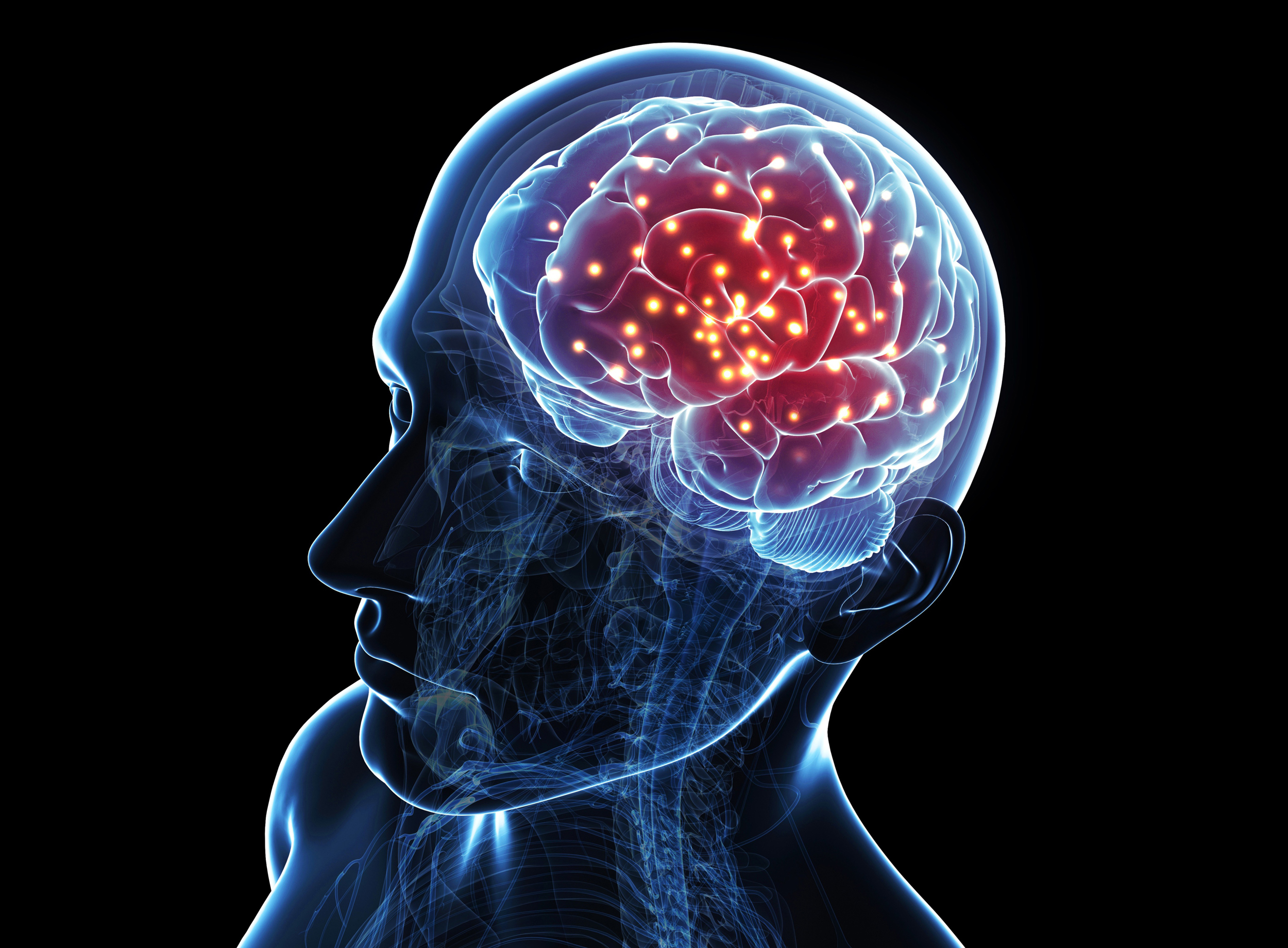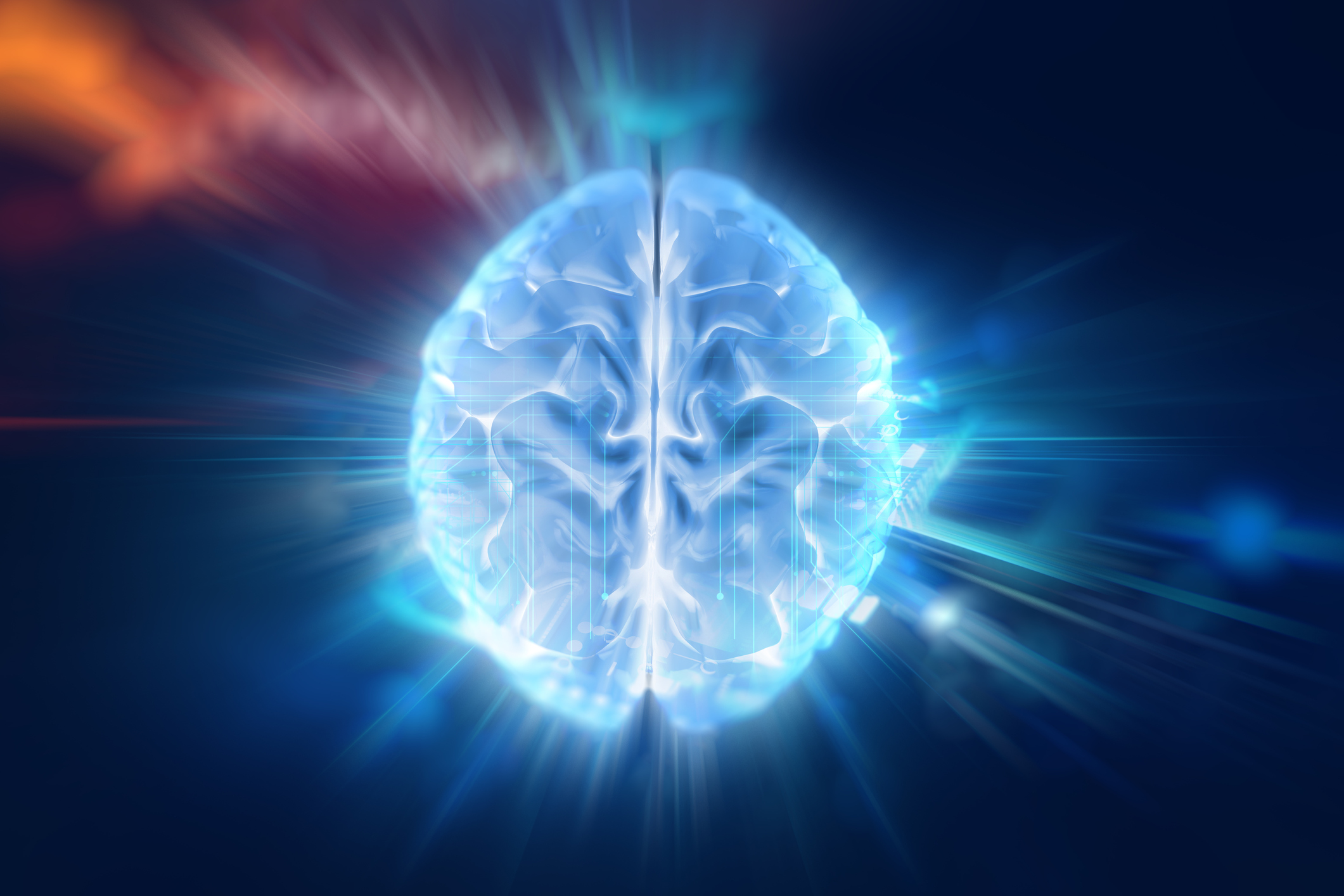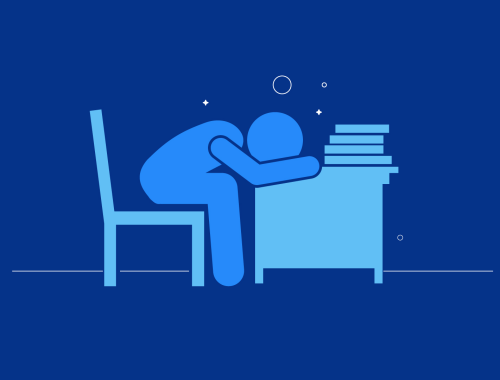
8 Surprising Facts About the Human Brain
8 Surprising Facts About the Human Brain
The brain is a complex organ of which we use only 10%! Thanks to technological and scientific progress, discoveries allow us to understand better how it works and improve medical techniques to treat it better.
Beyond all the possibilities of this formidable organ, 8 small revelations about the human brain have fascinated us. We share them with you!
1. The brain grows up to 25 years old
The brain is a complex organ. It develops from the first month of pregnancy with the appearance of the first neuron. After that, 3000 neurons are created every second. After 6 months, the fetus recognizes a few syllables of its mother’s language.
Two areas come into opposition during adolescence and puberty: the prefrontal cortex (the decision-making area) and the limbic system. From 0 to 1 year, the limbic system develops (the area of emotions: crying, anger, love…). The baby is also stimulated with words. Then between the ages of 18 and 25, thinking takes precedence over emotions. By age 25, the brain is mature and at its peak.
Good to know: the brain consumes 3 sugars per hour during child development. This promotes learning.
However, we continue to learn after age 25. Parts of the brain can resume their missing function. For example, a person can still learn foreign languages. Only from the age of 65 onwards do the neurons gradually become disconnected.
2. The brain is not the origin of emotions
The brain is not the master of all our reactions. At first, scientists opposed reasoning with emotion. However, it was later demonstrated that these two areas are complementary.
Good to know: 6 basic emotions are shared by everyone. Joy, fear, surprise, sadness, anger, and disgust.
The spinal cord, not the brain, has sent a message to the muscles because we have sensors all over the body. They tell us that the surface on which we have placed our hands is too hot. The body’s reaction does not depend on our brain, and we can see this with the case of reflexes: when we put a hand on a very hot hood, we withdraw it immediately.
For some sensations, the organs react, and then the brain synthesizes all the information. For example, if a person is stressed, he will feel a contraction in his intestine, and the brain will take the hint and react accordingly.
3. The belly is our second brain
Our belly is home to a nervous system that resembles the brain. This is why it is called the “second brain”.
Good to know: there are 200 million bacteria in the digestive system. Bacteria are essential because they transform food in the bloodstream to nourish the body.
The digestive system is ahead of the brain: during fetal development, it is ready first because it ensures the development of the whole body. The two nervous systems are thus intimately linked.
They communicate through the vagus nerve (information is sent from the brain’s nervous system to the womb) and the blood (data is sent from the womb to the brain). 80% of the messages occur in the belly and then go to the brain. This is how we know when we are hungry, sore, or full.
Good to know: what we eat has an influence on our brain. For example, if a person eats a lot of omega-3, there is less risk of depression. Similarly, if we overeat fat, it slows down the brain.
4. Memories change over time

The brain can change or create false memories. Sometimes the memory we remember most is the least accurate.
Memories are stored in a memory called episodic memory. Each time we return to a memory, the brain modifies it and makes a new version. Moreover, the more time passes, the more the alterations multiply.
The brain can also construct false memories. We have to remember a list of words on the gustatory sphere during an exercise and repeat 6 of them afterward. In 90% of the cases, the word “sweet” is said, whereas it was not on the list. This is a trick that the brain plays on us because of our associative memory.
5. Video games are excellent for the brain
Video games are excellent for the brain, provided they are well balanced. It is a perfect way to stimulate the brain, just like reading or sudoku.
This activity combines physical and mental training with the prefrontal cortex (the decision-making area), the parietal (the memory area), and the cerebellum (the movement coordination area).
Note: Shooting games stimulate attention and responsiveness and help with spatial orientation. However, there are certain things to observe, such as being upright, practicing regular physical activity, and not being excessive (the WHO has recognized video game addiction as an actual disease, but it only concerns a minority of players).
6. The brain is malleable
Whatever the activity, if it is practiced regularly, the brain will change to accelerate the exchange of information. This is the case of gifted children or cab drivers in London!
After one year of practice, the brain begins to evolve. If the learning is done correctly, the child can become a good musician. The brain then adapts its structure because repeating the movements changes the neurons’ function: the gestures become automatic when the neuronal pathways become more structured, and the information circulates more rapidly. This is how some areas of the brain become more imposing than others. The cerebellum works on speed, and the corpus callosum allows the right and left sides to synchronize. These two parts of the brain then transmit more messages.
In the case of London drivers, the hippocampus is more important. As cab drivers, they have to take a person to a place by the fastest route. However, they don’t know all the streets. So they learn every day and sharpen their spatial recognition.
7. The brain takes 3 seconds to analyze information
The brain cannot process all the information at once, and it cannot analyze everything. The longer it takes to process information, the more likely it will miss some of it.
When the information is too fast, the brain classifies it and then analyzes it. It then has 3 seconds to know whether to process data. After that, it stops recording the data and moves on to the next ones to optimize.
8. The brain is paralyzed in case of danger
In case of danger, the different parts of the brain compete. They have the same objective: to survive. Some activities are then momentarily paralyzed in favor of others.
One part of our brain analyzes the information coming from our environment, and the other part is connected to the body and its sensations. These two parts are complementary, but most of the time, they clash. We are then hostage to our emotions in dangerous situations.
Note: when we sense a dangerous situation, our senses are awakened. This allows us to anticipate a reaction in case the event occurs. When fear affects the vegetative nervous system, it is responsible for stopping or moving specific organs.

The Science Behind Eating Disorders
You May Also Like

The Silent Storm: Unraveling the Effects of Sleep Deprivation on Mental Well-Being
2023-12-21
The Sun – The Star of the Solar System (Part 3)
2021-10-24

